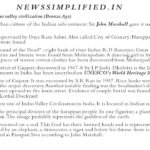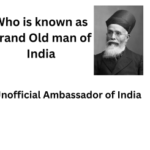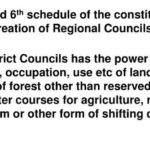Nobel Prize laureate Rabindranath Tagore death anniversary


07 May, every year, is celebrated to mark the birth anniversary of the great Indian poet Rabindranath Tagore. Died: 7 August 1941
LEARNING FROM HOME/ WITHOUT CLASSES/ BASICS
- Referred to as ‘Gurudev’, ‘Kabiguru’, the Bard of Bengal, and ‘Biswakabi’, Rabindranath Tagore was versatile- poet, writer, philosopher, social reformer.
- Nobel Laureate and composer of our National Anthem – Two songs from his Rabindrasangit canon are now the national anthems of India and Bangladesh: the Jana Gana Mana and the Amar Shonar Bangla.
- The first non-European literature laureate, awarded the Nobel Prize for his notable works Gitanjali.
- Kabuliwala, The Postmaster, the Indian national anthem, and Gora are some of his literary works.
- He founded Shantiniketan to provide education and later this became Viswa Bharti University. In 1921, Rabindranath Tagore established Viswabharati University.
- In 1905, Lord Curzon decided to divide Bengal into two parts. Rabindranath Tagore strongly protested against this decision. Tagore wrote many national songs and attended protest meetings. He introduced the Rakhibandhan ceremony, symbolizing the underlying unity of undivided Bengal.
- In 1915 he was by knighted the British King George V. In 1919, following the Jallianwala Bagh massacre, Tagore renounced his knighthood.
WORKS
Among his fifty and odd volumes of poetry are Manasi (1890) [The Ideal One], Sonar Tari (1894) [The Golden Boat], Gitanjali (1910) [Song Offerings], Gitimalya (1914) [Wreath of Songs], and Balaka (1916) [The Flight of Cranes]. The English renderings of his poetry, which include The Gardener (1913), Fruit-Gathering (1916), and The Fugitive (1921).
Tagore’s major plays are Raja (1910) [The King of the Dark Chamber], Dakghar (1912) [The Post Office], Achalayatan (1912) [The Immovable], Muktadhara (1922) [The Waterfall], and Raktakaravi (1926) [Red Oleanders]. He is the author of several volumes of short stories and a number of novels, among them Gora (1910), Ghare-Baire (1916) [The Home and the World], and Yogayog (1929) [Crosscurrents]. Tagore also left numerous drawings and paintings, and songs for which he wrote the music himself.







0 Comments